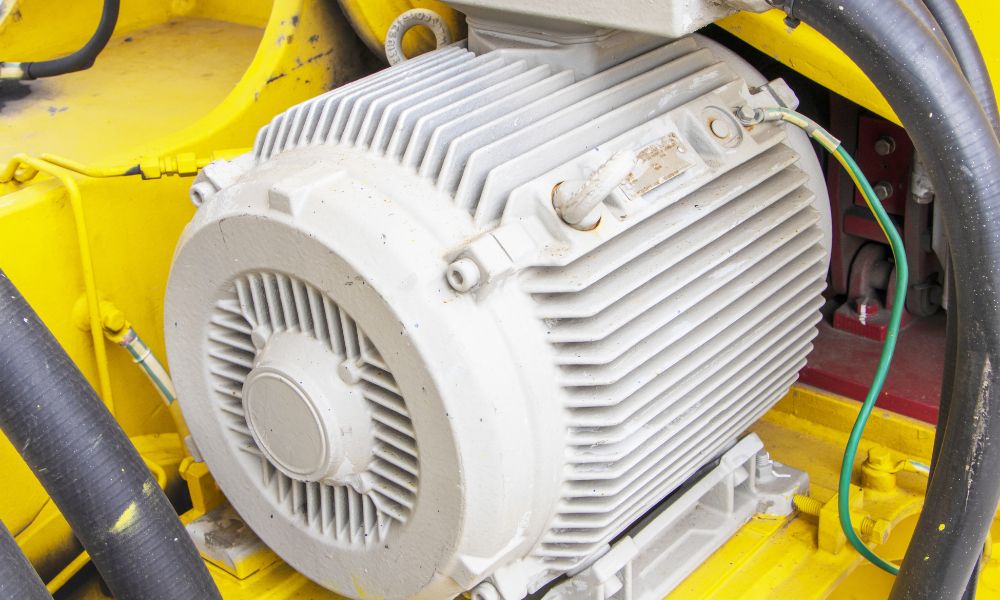Industrial technicians, your work and the machines you maintain are the backbone of modern industry. And when it comes to powering these machines, single-phase motors are a common workhorse. But sometimes, you need more than just a simple on-off operation; you need to control that motor speed. Here are three ways to control single-phase motor speed when working in an industrial environment where control is essential.
Variable Frequency Drives (VFDs)
To start with, one of the most sophisticated methods for controlling speed is variable frequency drives or VFDs. These intelligent devices, also known as inverters, allow the user not only to control the speed of the motor but the torque as well.
The principle of VFDs rests on adjusting the frequency and voltage supplied to the motor to control its rotational speed. By converting the input AC power to DC and then back to AC at variable output voltages and frequencies, VFDs can control single-phase motors without the need for additional equipment like phase converters or more complex three-phase setups.
Resistive Methods
Some easier and more straightforward ways to control single-phase motor speed are resistive methods. Simply put, increasing the amount of resistance in the motor’s circuit will reduce the voltage available to it. This reduction in voltage will subsequently decrease the motor speed.
There are few ways to add resistance, such as using adjustable resistors or rheostats. Workers place resistors in series with the motor to reduce the overall voltage. While this approach can work, it’s important to remember that it comes with some drawbacks. Adding resistance means converting electrical energy to thermal energy, which results in wasted power and can lead to high temperatures at the resistor, which increases the risk of starting a fire, so you need to be careful when working with resistance.
Capacitive Methods
Finally, you can control a single-phase motor’s speed using capacitive methods. Workers mainly use capacitors to create inductive loads and find they work better in fan and pump applications. Adding a capacitor in series with the start winding of a motor can create a phase shift in the current between the windings. This phase shift results in the motor running at a slower speed.
This approach is relatively simple and cost-effective, making it a popular choice for smaller applications. However, similar to the resistive method, it’s not as efficient or precise as other more advanced options like VFDs. Additionally, capacitive methods can introduce an unbalanced load situation on the motor which, if not correctly managed, can lead to increased wear and potential motor failure.
At Visicomm Industries, we understand the critical role that speed control plays in optimizing your single-phase motor operations. As leading frequency converter manufacturers, we offer a portfolio of solutions that can enhance the precision, efficiency, and safety of your industrial applications. Don’t compromise on performance or safety. Contact Visicomm Industries today and take the first step toward superior motor speed control.
